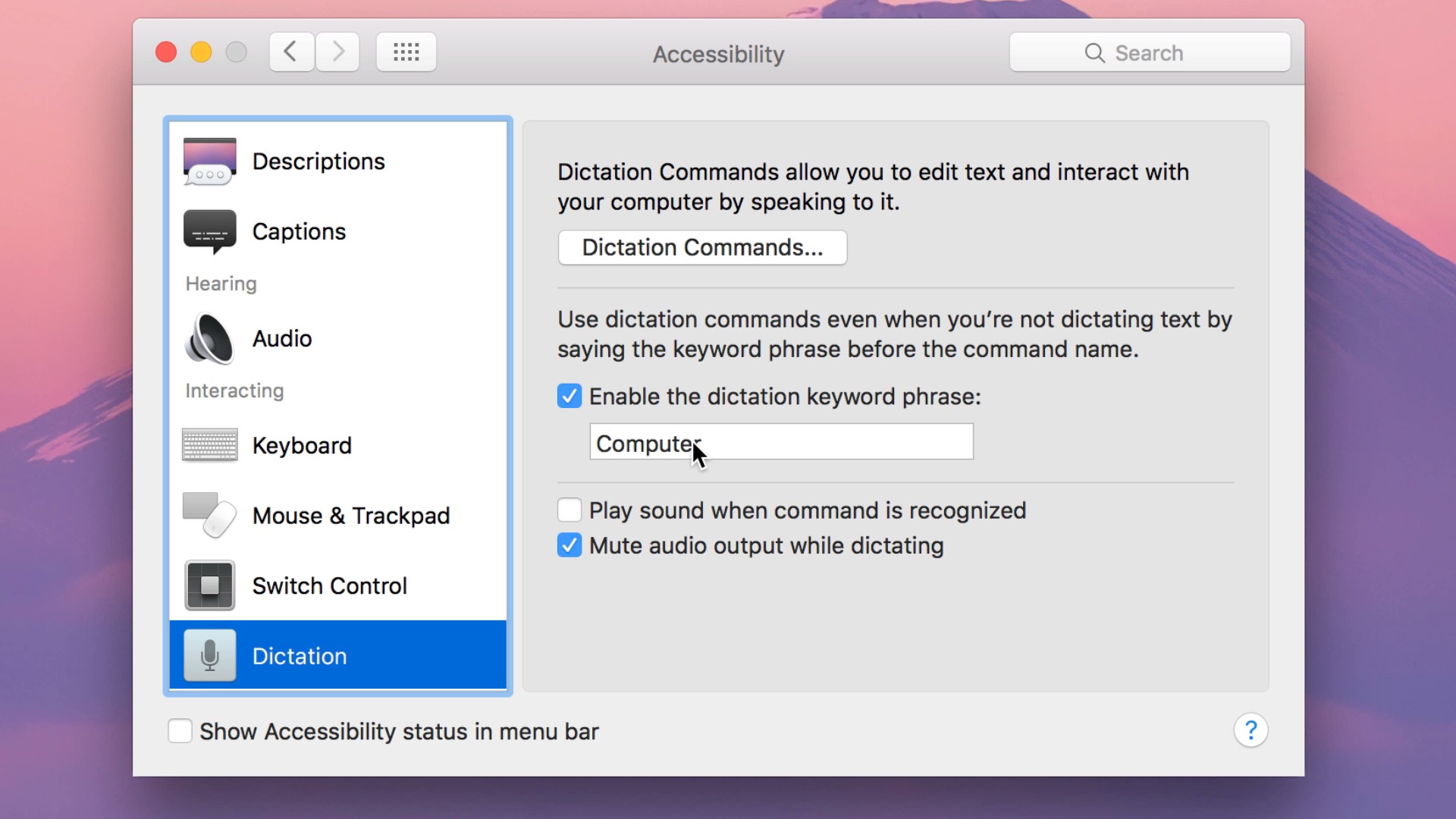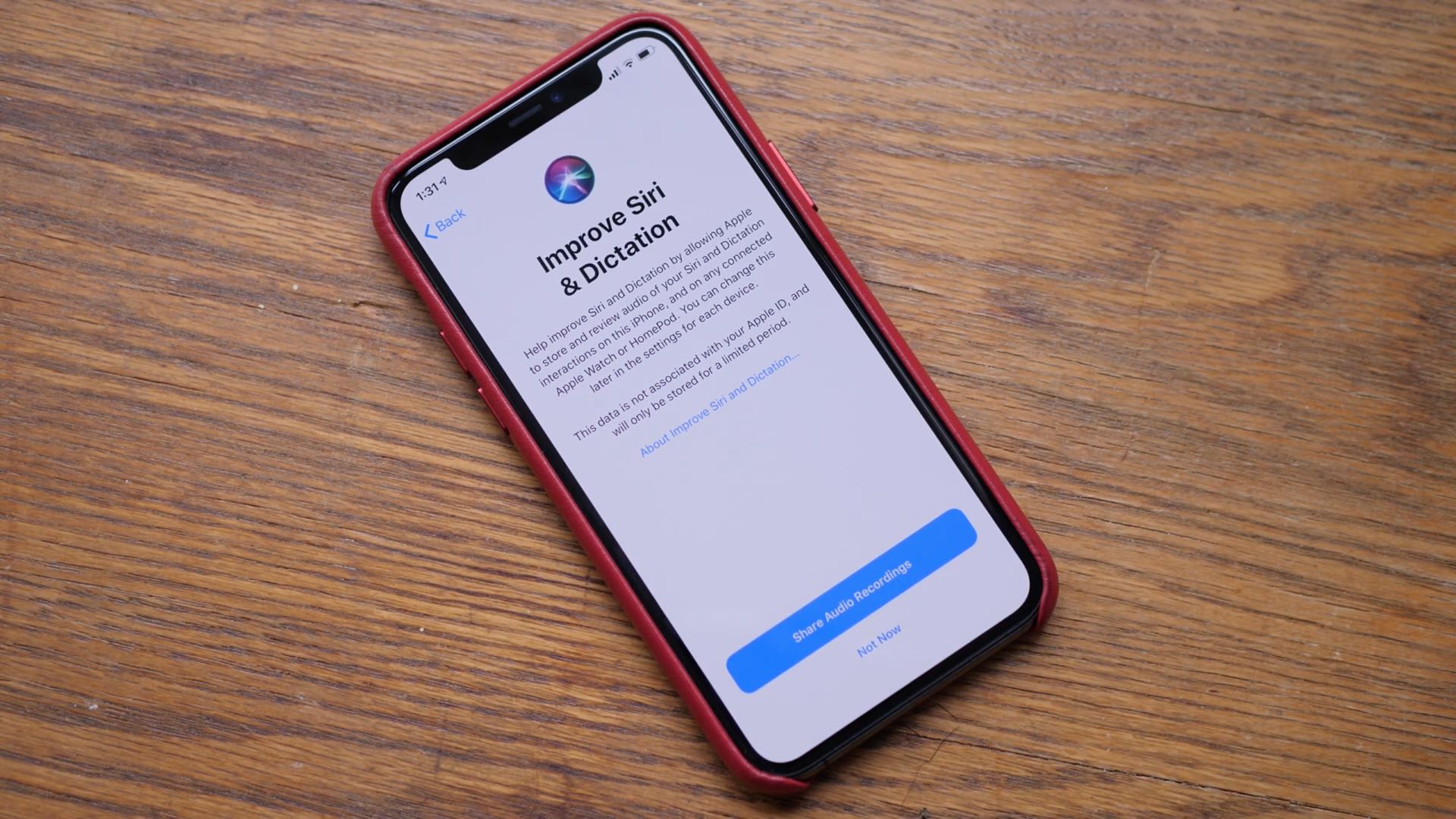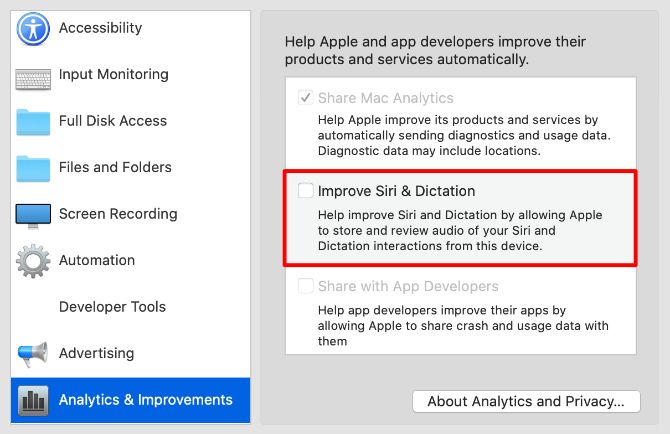

Often iOS will understand what you’re saying as long as you pause slightly between letters.Īdd emoticons: Do you want to type smileys? It’s easier to dictate them than to switch to the number keyboard. If you need to include an acronym in your dictation, give it a try.

When spelling acronyms, make sure to pause between letters just enough for them to be discrete. You’ll find over time which ones work and which don’t. Use acronyms with care: You can dictate some acronyms, but not all.

For this reason, dictating to an iOS device works best when you’re using Wi-Fi it also works well with a 3G connection but anything slower is hit or miss, in my experience. You might find that the Apple earbuds that come with an iPhone-which have an inline mic-offer better speech recognition, as do third-party headphones with mics, as long as you hold them fairly close to your mouth.ĭictate when connected to Wi-Fi: Dictation to an iOS device requires that your voice be sent to a server, where it is recognized and transcribed, and then sent back to your iOS device. The iPhone also has a noise-canceling mic, which filters out background noises. You’ll find dictation in noisy environments works much better with an iPhone, because it’s easier to speak close to the microphone. Speak into the tiny hole at the top of your tablet.

It’s not easy to speak directly into the iPad mic while looking at the screen. There are two microphones at the bottom of the iPhone, and a single microphone on iPads, located at the top of the device. Talk into the microphone: You don’t need to speak very loudly but you should keep your iPhone close to your mouth, especially if you’re outdoors. The louder you speaker, the wider the wave. When you begin talking, you’ll see a feedback pane with a wavering line showing the volume of your speech. (If you’re using iOS 6, or you’re using an app that hasn’t been updated for iOS 7, you’ll see a microphone as you speak, the microphone will fill with purple light.) The louder you speaker, the greater the amplitude of the wave. Stay in the zone: If you’re using iOS 7, when you begin talking, you’ll see a feedback pane with a wavering line showing the volume of your speech. Whenever you see the microphone icon (circled), you have the opportunity to dictate. It can take a few seconds for text to appear. When you’re finished, tap Done and then wait for your words to be processed. Just tap anyplace you can type text, and then tap the microphone icon to start dictating. For example, you can compose emails, dictate texts, and even dictate search terms in Safari’s search field. Any time you see the small microphone icon next to the spacebar on the iOS keyboard, dictation is available. You can dictate anywhere in iOS where you can enter text. However, I set my Region settings to reflect UK dates and times. I live in the United Kingdom, but since I’m American, I set the language in Siri’s preferences to English (United States). You can choose which language you’re using here, which is especially useful if you speak with an accent. Even if you don’t want to use Siri’s personal assistant features, you need to turn it on for speech recognition to work. To do this, go to Settings > General > Siri, and then turn Siri on. First, you need to make sure dictation is turned on.


 0 kommentar(er)
0 kommentar(er)
